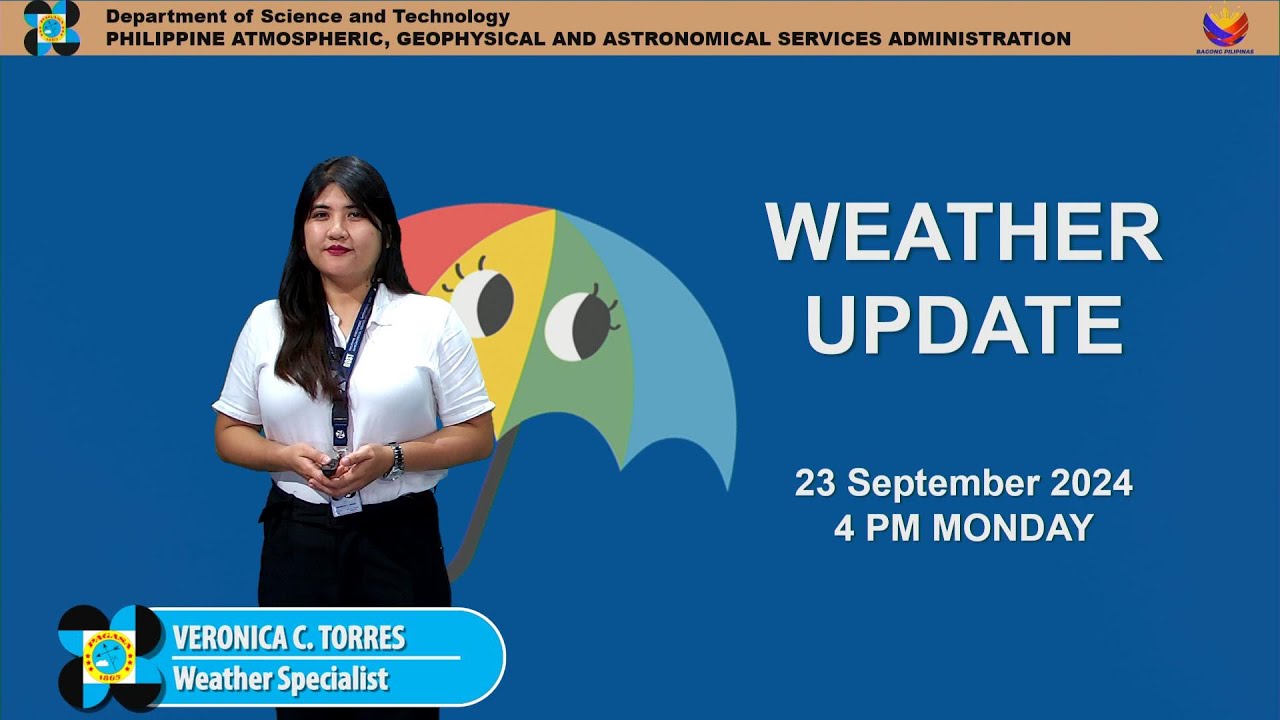Philippines: When It Rains, It Floods
Summary
TLDRThe Philippines is a dynamic economy in East Asia and the Pacific, with growth centered in Metro Manila. However, the region faces significant challenges, including severe flooding, worsened by its location in the typhoon belt, which affects millions annually. The most vulnerable are three million people living in informal settlements near waterways. To combat this, the government plans to rehabilitate old pumping stations and relocate affected families to safer areas. These efforts aim to protect lives and property from recurring floods and improve the overall resilience of Metro Manila.
Takeaways
- 🌏 The Philippines is one of the most dynamic economies in East Asia and the Pacific, with growth centered in Metro Manila and nearby areas.
- 🚦 Metro Manila faces challenges like congestion and flooding, typical of highly urbanized cities.
- 🌪️ Located in the typhoon belt, about 20 typhoons enter the Philippines annually, affecting around 6 million people and causing widespread flooding.
- 🏚️ Around 3 million people living in informal settlements, often near waterways, are especially vulnerable to these floods.
- 💧 Recurrent flooding poses a constant risk to the health and livelihood of families like Teresita's, especially in flood-prone areas.
- 🏗️ To mitigate flooding, the government plans to rehabilitate old pumping stations and build new ones in Metro Manila.
- 🏘️ Efforts include relocating families living along dangerous waterways to safer areas to reduce their vulnerability.
- 🛠️ Maximizing the functionality of existing pumping stations is part of the flood prevention strategy.
- 🚯 Reducing garbage in waterways is critical to ensuring that the flood mitigation measures are effective.
- 📈 The ongoing efforts to address flooding aim to protect lives, properties, and improve the quality of life for vulnerable communities in Metro Manila.
Q & A
What makes the Philippines a dynamic economy in East Asia and the Pacific?
-The Philippines is considered a dynamic economy in East Asia and the Pacific due to its economic growth, particularly centered in the capital Manila and its surrounding areas.
What challenges does Metro Manila face as a highly urbanized city?
-Metro Manila faces several challenges, including congestion and flooding, partly due to its location in the typhoon belt, which leads to frequent storms and heavy rainfall.
How many typhoons enter the Philippines annually, and what is their impact?
-About 20 typhoons enter the Philippines each year, causing flooding and affecting around 6 million people annually.
Who are the most vulnerable to flooding in Metro Manila?
-The most vulnerable to flooding in Metro Manila are the approximately three million people living in informal settlements, many of whom reside along waterways and other high-risk zones.
How does recurrent flooding affect families living in informal settlements?
-Recurrent flooding poses a constant risk to the health and livelihood of families like Teresita's, impacting their ability to maintain safe living conditions and secure their financial stability.
What measures is the government taking to address the flooding issues in Metro Manila?
-The government plans to rehabilitate old pumping stations, build new ones in Metro Manila, and relocate families living along waterways to safer areas to reduce the risk of flooding.
Why is it important to rehabilitate and build new pumping stations in Metro Manila?
-Rehabilitating and constructing new pumping stations is crucial to improving the drainage system and mitigating the impact of heavy rainfall and flooding in highly vulnerable areas.
What other infrastructure improvements are being considered to reduce flooding risks?
-In addition to upgrading pumping stations, the removal of obstructions like trash in waterways is necessary to prevent blockages that exacerbate flooding.
How does improper waste disposal contribute to the flooding problem in Metro Manila?
-Improper waste disposal clogs drainage systems and waterways, leading to more severe flooding during heavy rains and typhoons.
What long-term solutions are needed to reduce vulnerability to flooding in Metro Manila?
-Long-term solutions include better waste management, sustainable urban planning, relocation of informal settlers to safer areas, and continuous infrastructure development to handle large volumes of water during storms.
Outlines

This section is available to paid users only. Please upgrade to access this part.
Upgrade NowMindmap

This section is available to paid users only. Please upgrade to access this part.
Upgrade NowKeywords

This section is available to paid users only. Please upgrade to access this part.
Upgrade NowHighlights

This section is available to paid users only. Please upgrade to access this part.
Upgrade NowTranscripts

This section is available to paid users only. Please upgrade to access this part.
Upgrade NowBrowse More Related Video

HISTORY: What is the APEC and why was it established?

Public Weather Forecast issued at 4PM | September 23, 2024 - Monday

PH eyes to be a health and wellness tourism hub in Asia-Pacific region

All about APEC: Primer

Goldman Sachs' Shocking Prediction about the Future of the Philippines! 🇵🇭

Pinaka MODERN Cities sa Pilipinas 2024
5.0 / 5 (0 votes)